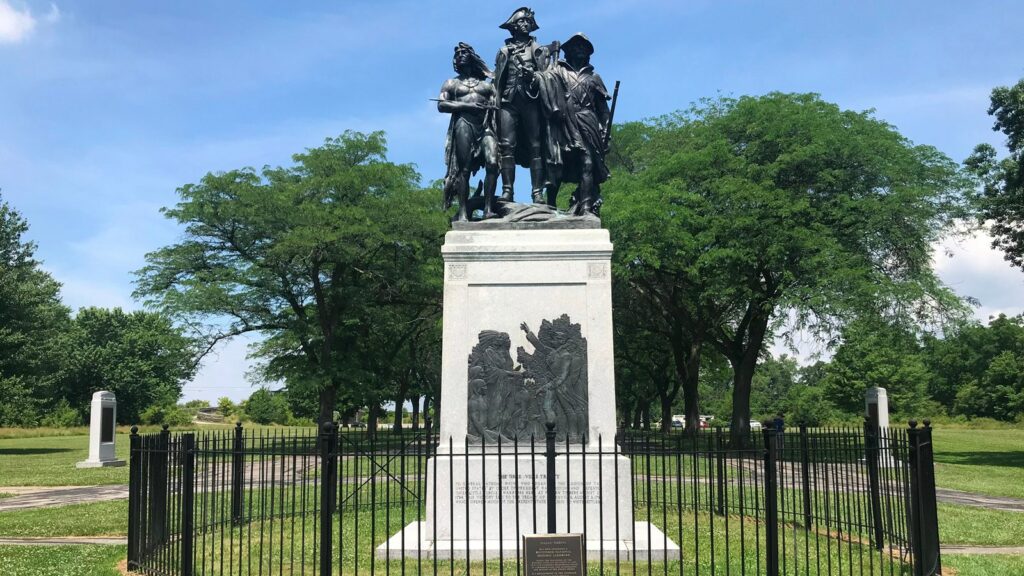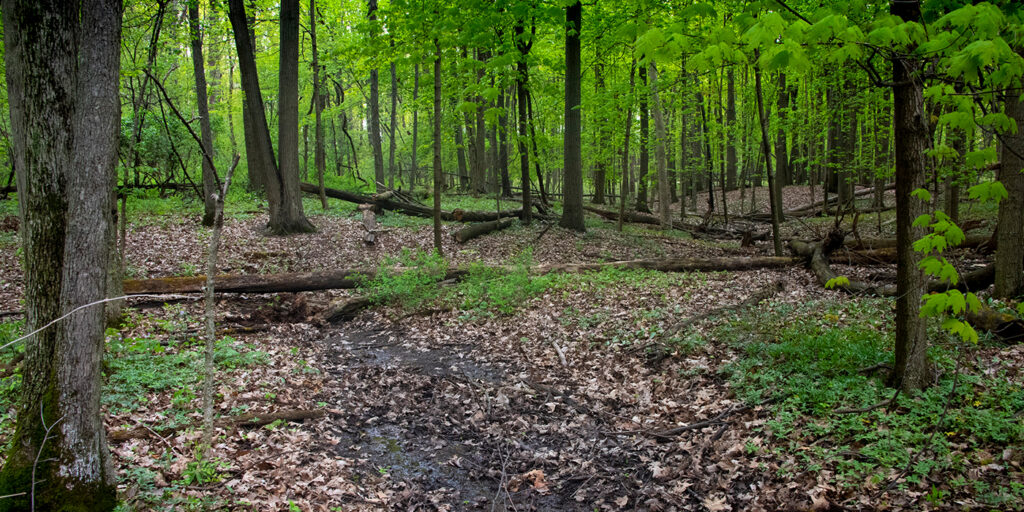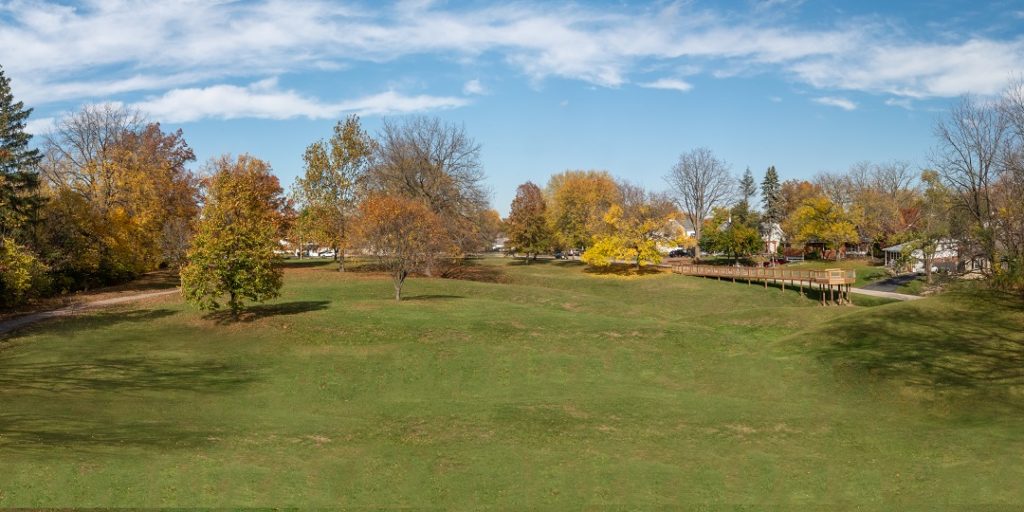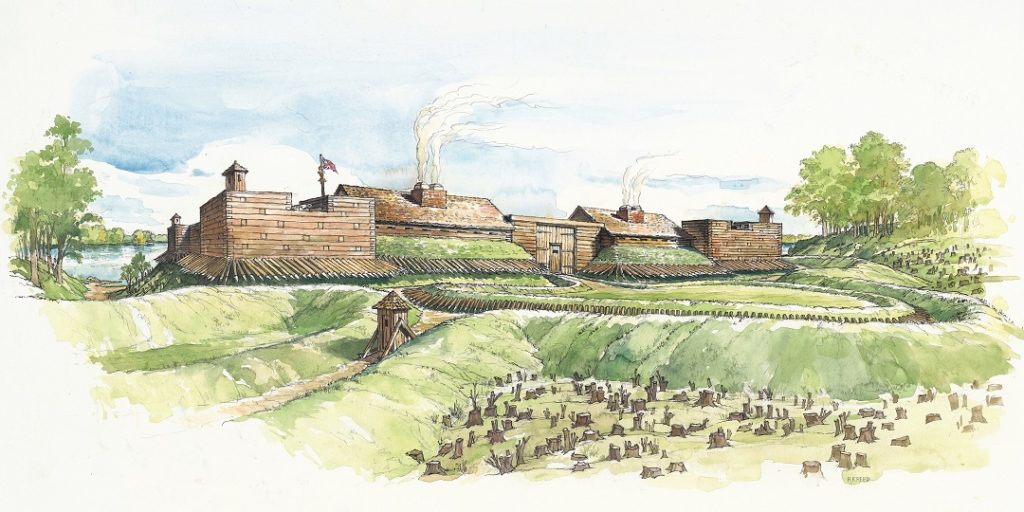about us




The Fallen Timbers Battlefield Preservation Commission was born out of one of the most important and successful historical preservation campaigns in the country.
In 1995, following archaeology performed near the Anthony Wayne trail, Michael Pratt, Ph.D. found indisputable evidence that the Battle of Fallen Timbers had not taken place solely on the floodplain of the Maumee River, which had been the historical thought up to that time. Instead, hundreds, if not thousands, of artifacts proved that the clash between the U.S. forces and the Native confederation actually took place near woods on the opposite side of the Anthony Wayne Trail. This information not only changed the history of the Battle as it had been understood for 200 years, it also had a dramatic impact on the plans by the City of Toledo to sell that same land for development of a mall and surrounding apartments and other housing.
A citizen’s group called the Fallen Timbers Battlefield Preservation Commission formed to lead the campaign to preserve the site of this important historical event within months of Dr. Pratt’s findings. Many prominent members of the community joined, and the public campaign was led by Dr. Ralph Johnson, an editor for The Blade, and others. Congresswoman Marcy Kaptur and Senator Mike Dewine were also significant forces in the campaign to save the battlefield. The fight was eventually won in the hearts and minds of the community, and the City of Toledo’s dreams of a development on the battlefield site ended.
The FTBPC formalized into a recognized 501(c)(3) organization dedicated to the preservation, protection and promotion of the historic sites and the history of the Battle of Fallen Timbers in 1995.
In order to preserve this site, significant public money was gathered from federal, state and local coffers to purchase the property and preserve it for the public. In 1999, Metroparks Toledo agreed to accept the public funds and purchase the land.
The Battlefield, the Battlefield monument and Fort Miamis (a related historical site owned by the City of Maumee) were declared to be National Historic Sites, and Affiliate National Park status was also conferred upon the sites in the federal legislation that created the funding package. The federal legislation was signed into law by President Clinton on December 9, 1999.
Metroparks held the land for 15 years while developing the comprehensive general management plan, site development plans and an interpretive plan. The site opened to the public on October 25, 2015.
